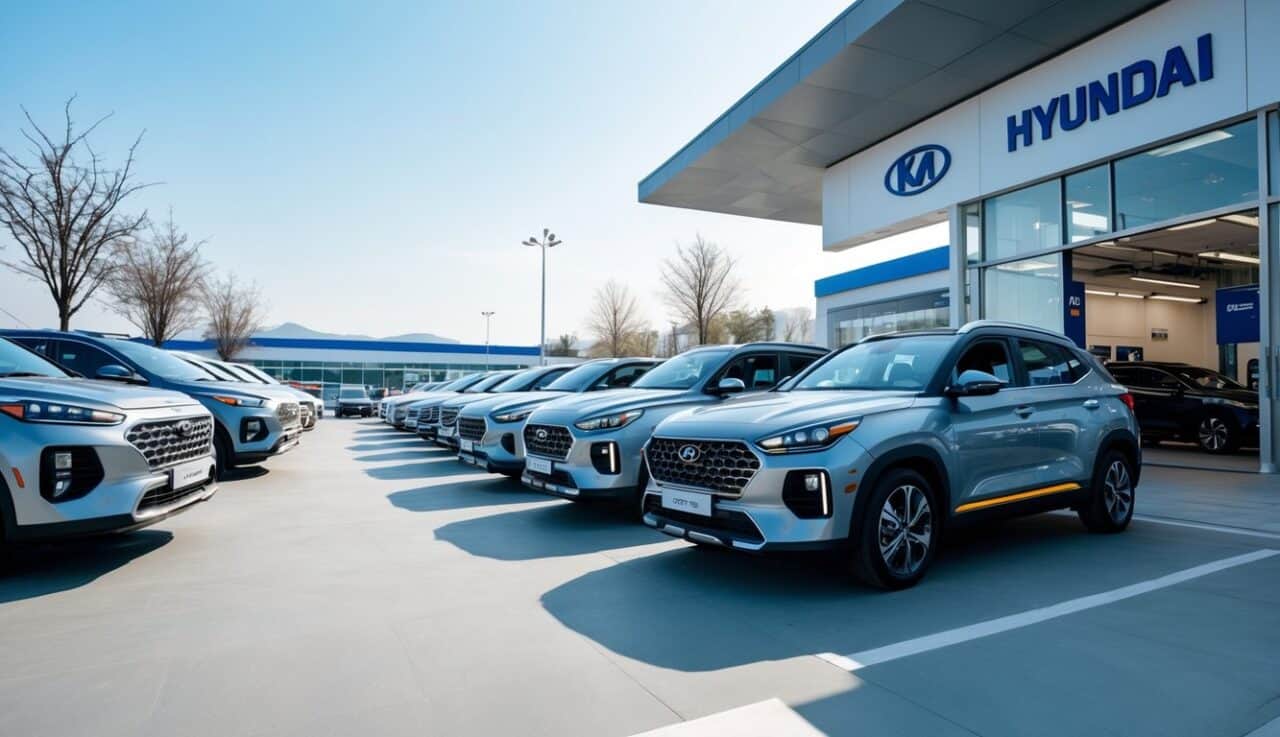Lower EV Demand Causes New Car Sales To Fall In The US In Late 2025
2025 has been a chaotic year in car sales. November proves things haven’t changed, as sales drop in the new car segment.
If there’s one thing we can say about the automotive industry in 2025 is that sales have been crazy. September had excellent numbers, but they were biased.

Tariffs and the end of rebates have taken their toll. New car sales in the United States are heading for a notable slump, and the latest forecasts from Cox Automotive paint a clear picture: affordability challenges, cooling EV demand, and shifting consumer priorities are reshaping the market heading into 2026.

“Drive Past Myths: Get the Real Deal on Car Buying!”
🚘 Uncover 13 Car Buying Misconceptions with Our FREE Newsletter!
Plus you will get our quick tips, expert advice, and myth-busting insights delivered straight to your inbox.
Subscribe now and make informed decisions without the detours.
“Experts Hate This! Learn the Car Buying Secrets They Don’t Want You to Know. Free Subscription!”
After years of turbulence marked by shortages, inflated pricing, and aggressive incentives, the industry appears to be entering yet another transitional phase. Some call it a regression, as this article highlights.
New Car Sales Slow Down
So, what is going on? According to Cox Automotive’s November 2025 forecast, U.S. new car sales are expected to fall around 8% year-over-year, driven largely by higher prices and shrinking electric-vehicle demand.
Dealers who reported strong traffic early in the year now face softer volumes, with consumers becoming more cautious as borrowing costs remain high and incentives continue to normalize after years of volatility.
As CBT News reports, the end of federal EV tax credits earlier this year has created a noticeable “pull-forward” effect: many shoppers who wanted to take advantage of incentives bought earlier in 2025, leaving demand weaker in late Q4.
New Car Sales Impact New Car Prices
The famous $50,000 average transaction price has also seen changes. Cox Automotive’s Kelley Blue Book division recently released its October 2025 Average Transaction Price (ATP) report, revealing that new-vehicle prices have begun to inch downward after hitting record highs.
The average new vehicle sold for $49,766 in October, a slight 0.4% decrease from September. While that decline is modest, it’s significant given the years-long trend of relentless price increases.
What’s causing all of this? Fewer expensive EVs being purchased. Without tax credits and amid rising concerns about long-term battery replacement costs, EV sales have softened dramatically.
That means fewer high-ticket electric models are influencing the ATP, and more buyers are shifting back toward lower-priced gas and hybrid vehicles — a trend that aligns with broader consumer sentiment. Affordability remains the top priority for U.S. buyers, and many electrified models still carry premiums that aren’t justified by today’s interest rates or incentives.
Cox Automotive notes that EV retail share is expected to land at just 6% in November, a sharp contrast to automakers’ lofty projections from only a few years ago. Inventory for electric vehicles has also ballooned, giving dealers little leverage to push prices upward.
What Are People Buying?
Meanwhile, internal-combustion and hybrid models remain strong sellers with healthier turn rates. The message from consumers is clear: value and practicality matter more than ever. New car sales will likely be of cheaper cars.
Not only that, but we’ve covered how many companies, including GM, are pulling back on EV production. Automakers must be able to respond quickly to market demands.
This case is no different. However, it’s important to note that companies such as GM and Ford were making massive efforts to increase EV production. Now, they have to pull back and shift their focus.
The post-incentive landscape has exposed just how price-sensitive the American market is. For many buyers, EVs are desirable, but not desirable enough to justify higher monthly payments and higher insurance costs, especially when gas-powered alternatives remain cheaper to buy and maintain.
Looking ahead, industry analysts expect the market correction to continue into early 2026. If ATPs keep softening and inventory remains elevated, buyers may finally regain the leverage they haven’t had since before the pandemic.
